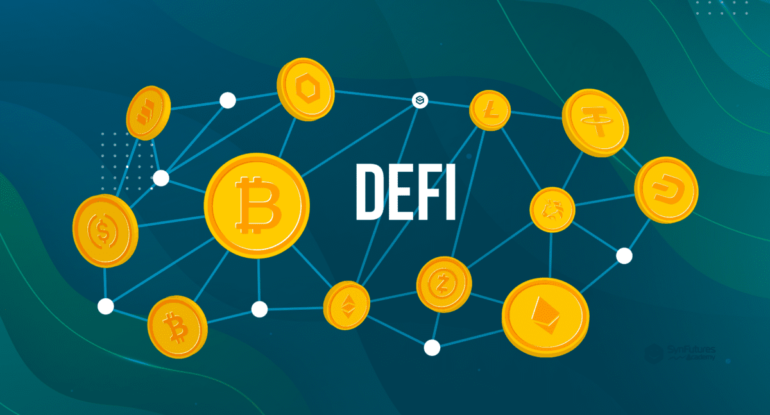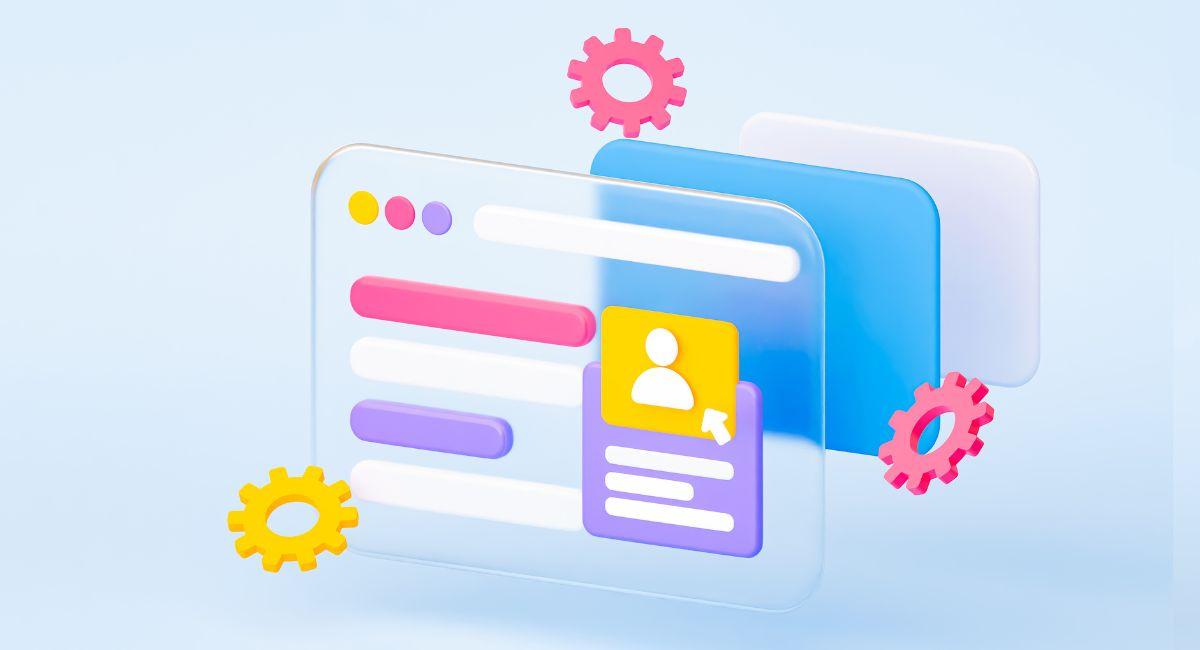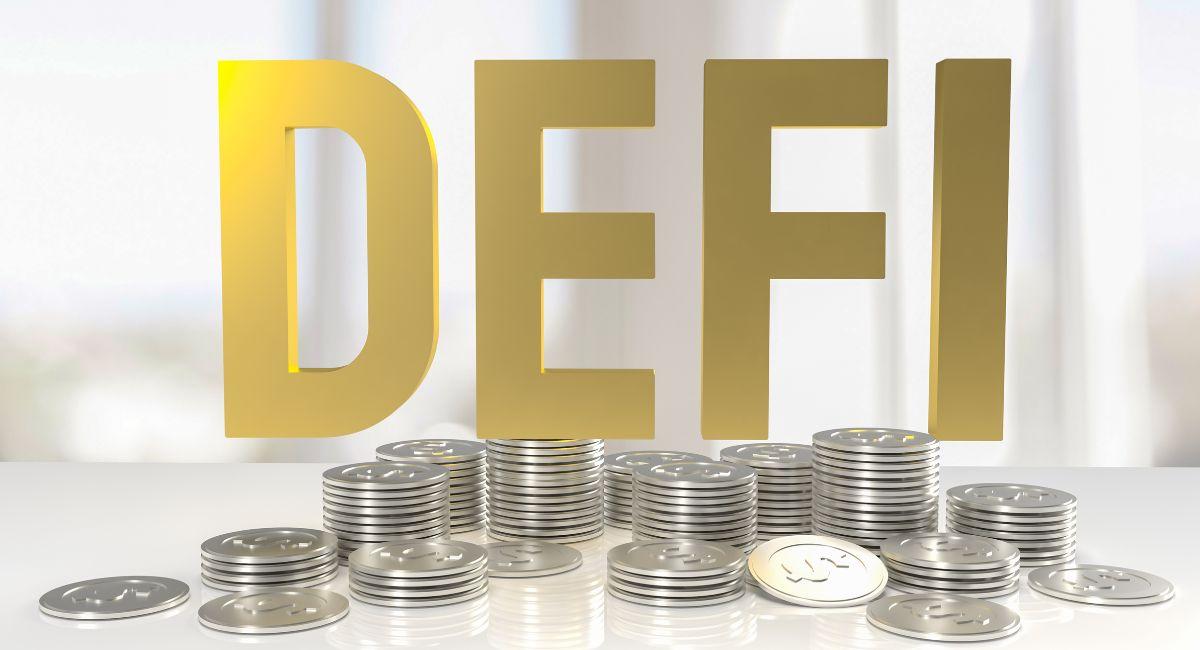Top 5 Amazing Ways AI Coexist With DeFi’s Core Values: Centralization vs. Decentralization

Decentralized Finance (DeFi) has emerged as a revolutionary force, promising a financial future free from centralized control. However, the integration of Artificial Intelligence (AI) into DeFi presents a fascinating paradox. While AI offers immense potential to streamline processes and enhance user experience, it also raises concerns about centralization, potentially contradicting the core principles of DeFi. This article explores this potential conflict, examining how AI can be harnessed to empower DeFi users while upholding its core values of decentralization, transparency, and community governance.
The Allure of DeFi: A Financial Revolution
DeFi leverages blockchain technology to create a peer-to-peer financial ecosystem. Here’s what defines DeFi:
- Decentralization: No single entity controls DeFi protocols; instead, they operate on a distributed ledger network, fostering transparency and trust.
- Open Access: Anyone with an internet connection can participate in DeFi activities, promoting financial inclusion.
- Diverse Financial Products: DeFi offers a wide range of financial products, including lending, borrowing, trading, and asset management.
These features empower individuals to take control of their finances, bypassing traditional intermediaries like banks and financial institutions.
The Power of AI: Innovation in the Decentralized Landscape
 Artificial intelligence (AI) is rapidly transforming industries, and the decentralized landscape, often referred to as Web3, is no exception. While DeFi (Decentralized Finance) has already disrupted traditional finance, the integration of AI unlocks a new wave of innovation with the potential to reshape this burgeoning ecosystem. Let’s delve deeper into the immense potential of AI in revolutionizing DeFi:
Artificial intelligence (AI) is rapidly transforming industries, and the decentralized landscape, often referred to as Web3, is no exception. While DeFi (Decentralized Finance) has already disrupted traditional finance, the integration of AI unlocks a new wave of innovation with the potential to reshape this burgeoning ecosystem. Let’s delve deeper into the immense potential of AI in revolutionizing DeFi:
1. Enhanced Security and Fraud Detection:
- AI-powered anomaly detection: DeFi applications are susceptible to hacks and exploits. AI can analyze vast amounts of blockchain data in real-time, identifying unusual patterns and suspicious activities. This allows for proactive identification and prevention of fraudulent transactions, safeguarding user funds.
- Risk assessment and mitigation: AI algorithms can assess the risk associated with DeFi protocols, smart contracts, and individual users. This empowers lenders to make informed decisions and mitigate potential risks, fostering a more secure and stable DeFi environment.
2. Personalized Financial Services:
- AI-driven portfolio management: AI can analyze user data, risk tolerance, and financial goals to create personalized investment strategies. This enables users to build and manage their DeFi portfolios more effectively, optimizing returns based on their unique needs.
- Creditworthiness evaluation: Traditional credit scoring systems often exclude individuals without a formal banking history. AI can leverage alternative data sources to assess creditworthiness in a DeFi context, promoting financial inclusion for the underbanked population.
3. Streamlined Loan Applications and Approvals:
- Automated underwriting: AI can streamline the loan application process in DeFi by automating underwriting decisions. By analyzing user data and creditworthiness, AI can approve or reject loans rapidly, eliminating the need for lengthy manual processes.
- Dynamic interest rate adjustments: AI can analyze market trends and borrower profiles to set dynamic interest rates for DeFi loans. This ensures fair and competitive rates for both borrowers and lenders, fostering a more efficient DeFi lending market.
4. Decentralized Market Making and Algorithmic Trading:
- AI-powered liquidity pools: DeFi relies on liquidity pools to facilitate trading. AI can optimize liquidity allocation within these pools, ensuring sufficient funds are available for smooth transactions and minimizing price volatility.
- Algorithmic trading strategies: AI can develop and implement sophisticated algorithmic trading strategies within DeFi protocols. This allows users to automate their trading activities based on predefined parameters, potentially maximizing returns and minimizing risks.
5. Democratized Access to Financial Tools:
- AI-powered financial oracles: Decentralized applications (dApps) often rely on oracles to provide reliable external data feeds. AI can be integrated with oracles to enhance data accuracy and security, ensuring the smooth functioning of DeFi protocols.
- Educational AI chatbots: AI-powered chatbots can provide users with educational resources and guidance on navigating the complex DeFi landscape. This empowers individuals to make informed investment decisions and participate actively in the DeFi ecosystem.
Challenges and Considerations:
While AI offers immense potential for DeFi, certain challenges need to be addressed:
- Data privacy concerns: AI algorithms require vast amounts of data to function effectively. Ensuring data privacy and user control over their information remains paramount in a decentralized environment.
- Explainability and bias: The inner workings of complex AI models can be opaque. It’s crucial to develop AI systems that are transparent and unbiased to maintain trust within the DeFi ecosystem.
The convergence of AI and DeFi presents a future brimming with possibilities. By harnessing the power of AI, DeFi can become more secure, efficient, and accessible to everyone. As these technologies continue to evolve, we can expect even more innovative applications and services to emerge, reshaping the financial landscape for the better.
Also, read – Decentralized Finance: Top 10 Amazing DeFi Startups Disrupting Traditional Banking
The Centralization Paradox: Can AI and Decentralized Finance (DeFi) Coexist?
Decentralized Finance (DeFi) has taken the financial world by storm, emerging as a revolutionary alternative to traditional, centralized financial institutions. At its core, DeFi promotes transparency, peer-to-peer transactions, and user control over financial products and services. Artificial Intelligence (AI), on the other hand, is often associated with centralized systems, wielding vast datasets and complex algorithms controlled by corporations or governments. This creates an intriguing paradox: can AI, a technology often seen as inherently centralizing, coexist and empower a decentralized financial system like DeFi?
The Allure of AI in DeFi
AI offers a plethora of benefits that could revolutionize DeFi:
- Enhanced Security and Fraud Detection: AI can analyze blockchain data to identify and prevent fraudulent activities in real-time. This safeguards DeFi protocols and user funds from cyberattacks and exploits, fostering a more secure environment.
- Personalized Financial Services: AI can create custom DeFi experiences for users. Imagine AI-powered tools that analyze your financial goals and risk tolerance to build a personalized DeFi portfolio, or AI-driven creditworthiness assessments that expand access to financial services for the underbanked.
- Streamlined Processes: AI can automate tasks like loan applications, underwriting, and interest rate adjustments. This streamlines DeFi operations, reduces friction for users, and improves overall efficiency within the ecosystem.
- Data-Driven Market Making: AI can optimize liquidity allocation within DeFi protocols, ensuring smooth transactions and minimizing price volatility. Additionally, AI-powered algorithmic trading strategies can empower users to navigate the DeFi markets more effectively.
The Centralization Conundrum
However, integrating AI into DeFi presents significant challenges that threaten its core principles of decentralization:
- Data Privacy Concerns: AI thrives on data. DeFi, however, strives for user sovereignty over data. Finding a balance between the two is crucial. Can DeFi leverage AI’s potential without compromising user privacy and control over their data?
- Centralized Control of AI Systems: Developing and maintaining powerful AI models requires significant resources. If corporations or governments control these AI systems, could they manipulate DeFi markets or restrict user access for their own benefit?
Finding the Symbiotic Balance
Despite the challenges, there are ways to leverage AI while preserving DeFi’s decentralized nature:
- Open-Source AI Development: By fostering open-source development of AI models for DeFi, the community can ensure transparency and mitigate the risk of centralized control.
- Federated Learning: This approach allows AI models to learn from distributed datasets without compromising user privacy. Data remains on individual devices, and only the learnings, not the raw data, are shared.
- On-Chain AI Execution: Blockchain technology can be leveraged to execute AI algorithms in a decentralized manner. This ensures transparency and eliminates the need for a central authority to control the AI models.
Navigating the Paradox: A Path Towards Responsible AI in DeFi
To ensure AI empowers DeFi users while upholding its core values, a multi-pronged approach is necessary:
- Open-Source AI Development: Encouraging the development of open-source AI algorithms promotes transparency and reduces the risk of centralized control.
- Community Governance: DeFi communities can establish governance mechanisms to oversee the development and implementation of AI within DeFi platforms.
- Focus on User Control: AI tools should empower users, not replace them. Users should have the option to opt-out of AI-driven recommendations and retain control over their financial decisions.
- Data Privacy and Security: Robust data privacy frameworks and secure data storage practices are crucial to ensure user trust in AI-powered DeFi applications.
The Future of DeFi: A Symbiotic Relationship

The future of DeFi lies in a symbiotic relationship between AI innovation and unwavering commitment to decentralization:
- Hybrid Approach: DeFi may evolve towards a hybrid model where AI handles complex calculations and automates tasks, while core decision-making remains in the hands of the community.
- Continuous Innovation: Research and development should focus on creating explainable AI models that users can understand and trust.
- Evolving Regulations: Regulators need to strike a balance between fostering innovation and ensuring responsible development and deployment of AI within DeFi.
The co-existence of AI and DeFi holds immense promise for the future of finance. By addressing the challenges and fostering a collaborative approach, we can unlock a new era of intelligent DeFi applications that are secure, efficient, and empower users. Here’s what the future might hold:
- Democratized AI Tools: Imagine user-friendly AI tools that anyone can leverage to build custom DeFi applications or access sophisticated financial products and services.
- Synergistic Security: AI can continuously learn and adapt to identify new threats, while DeFi’s inherent transparency allows for community oversight and rapid response to security vulnerabilities.
- A New Financial Paradigm: The integration of AI and DeFi could lead to a more inclusive and efficient financial system, fostering greater access to financial products and services for everyone.
The journey towards a future powered by AI-driven DeFi has only just begun. By harnessing the strengths of both technologies while addressing the challenges, we can create a financial system that is not only innovative but also empowers individuals and fosters a more equitable and secure financial landscape.
Conclusion: A Balancing Act
The question of AI and DeFi’s coexistence is not a matter of a simple yes or no. It’s a complex dance between innovation, security, and the core principles of decentralization. While the potential benefits of AI in DeFi are undeniable, navigating the centralization paradox requires a nuanced approach.
The Role of the Community
The future of AI-powered DeFi hinges on the active participation of the DeFi community. Fostering open-source development of AI models and promoting transparency in their operation will be crucial. Additionally, advocating for privacy-preserving solutions like federated learning will be essential to ensure users retain control over their data.
Regulation and Governance
Regulation in the DeFi space remains a contentious topic. However, light-touch regulations that promote innovation while mitigating systemic risks could be necessary. Decentralized Autonomous Organizations (DAOs) can play a vital role in establishing fair governance models for AI-powered DeFi applications. These DAOs would be responsible for overseeing the development and implementation of AI models, ensuring they align with the core values of DeFi.
The Human Element
While AI promises to automate many aspects of DeFi, the human element will remain paramount. DeFi communities will need to develop robust educational resources to empower users with the knowledge to navigate AI-driven DeFi applications effectively. Additionally, human expertise will be crucial in areas like ethical considerations, bias detection within AI algorithms, and ensuring responsible development of AI for the benefit of the entire DeFi ecosystem.
A New Era of Financial Evolution
The convergence of AI and DeFi presents a unique opportunity to reshape the financial landscape. By embracing innovation while safeguarding the core principles of decentralization, we can create a financial system that is not only secure and efficient but also fosters greater financial inclusion and empowers individuals to take control of their financial future. This future will likely involve a dynamic interplay between human ingenuity and the power of AI, constantly evolving to meet the needs of a global and ever-changing financial landscape.
The journey towards this future will require collaboration between developers, researchers, regulators, and the DeFi community at large. By working together, we can unlock the immense potential of AI-driven DeFi and usher in a new era of financial evolution.





























































